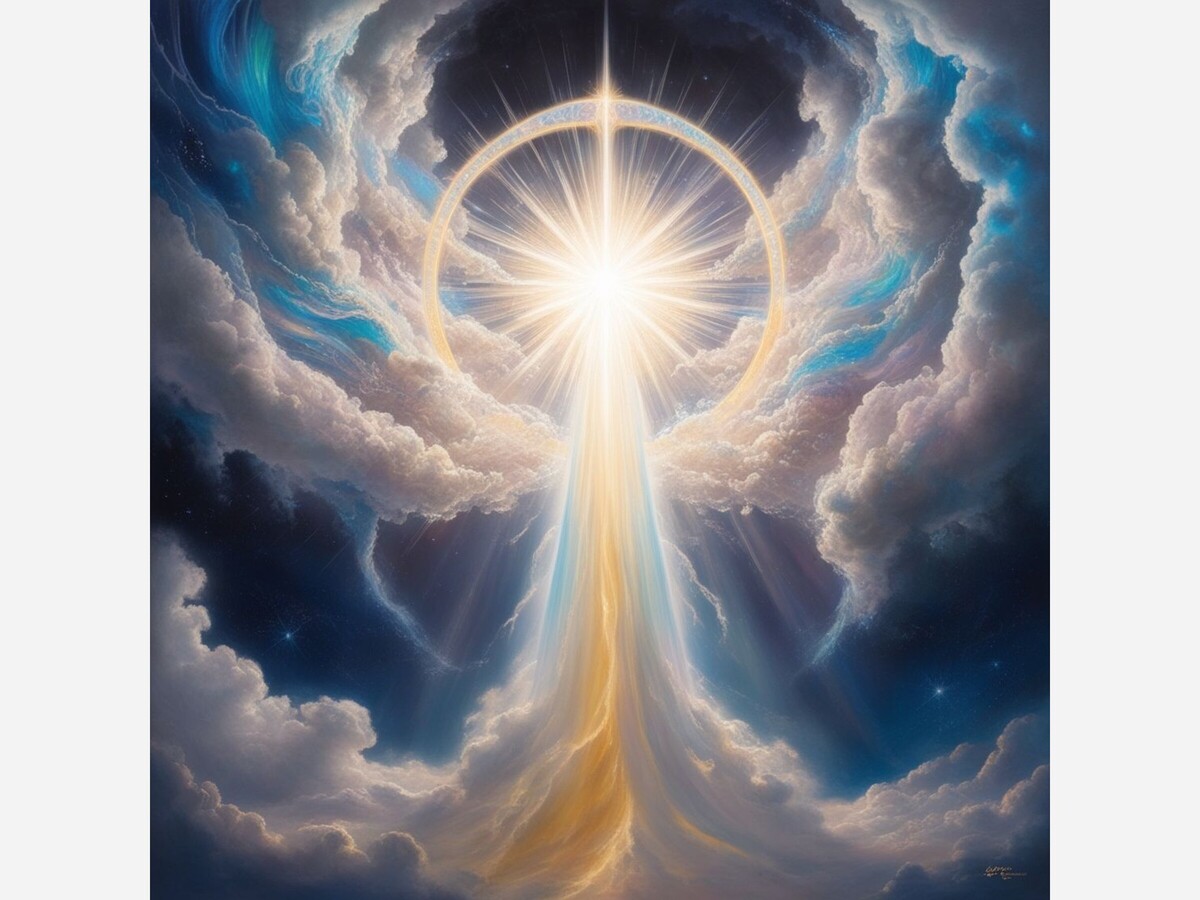Image

Dr. Anton Anderssen
Vice Chair, Mensa Hawaii
Every year on November 15, Saint Albert the Great is celebrated in the liturgical calendar. The Catholic Church recognizes him as a great teacher and scholar, celebrating his commitment to the pursuit of knowledge and wisdom. Known as the patron of natural science, Saint Albert was a pioneering scholar whose work laid the foundation for many aspects of modern scientific inquiry. As a teacher of Saint Thomas Aquinas, his influence extended deeply into both the realms of faith and reason. Saint Albert’s legacy beautifully illustrates the harmonious relationship between faith and science, a connection that is especially resonant when exploring the concept of being made "in the image of God."
According to Genesis 1:27, humans are created "in the image of God," and 1 John 1:5 describes God as light: "God is light; in him there is no darkness at all." This portrayal of God as light is not just a metaphor; it represents purity, knowledge, and the fundamental essence of existence. This divine light is inherently reflected in creation, including humanity.
Modern scientific understanding aligns remarkably with this scriptural insight. Quantum field theory reveals that all matter is fundamentally composed of energy, with particles like electrons and photons being excitations of underlying fields (Griffiths, 2018). This energy, synonymous with light, means that matter is essentially a stable form of energy—often described as "frozen light."
Einstein’s equation E = mc^2 further solidifies this concept by demonstrating that energy (E) and mass (m) are equivalent. This confirms that matter, including the matter that makes up human beings, is a form of energy, reinforcing the idea that our physical essence is rooted in light (Einstein, 1905). Thus, humans, as beings composed of "frozen light," directly reflect the divine light of God.
Embracing this perspective, inspired by Saint Albert the Great’s legacy, leads to a joyful affirmation of our profound connection with the divine. At our core, we embody the divine light, celebrating the beautiful and purposeful reality of being created in the image of God who is light. This synthesis of spirituality and science not only enriches our understanding but also affirms the positive and harmonious link between our existence and the divine essence.
Works Cited
Einstein, Albert. "Does the Inertia of a Body Depend Upon Its Energy Content?" Annalen der Physik, vol. 18, 1905, pp. 639-641.
Griffiths, David J. Introduction to Quantum Mechanics. Cambridge University Press, 2018.
New International Version. Zondervan, 2011.